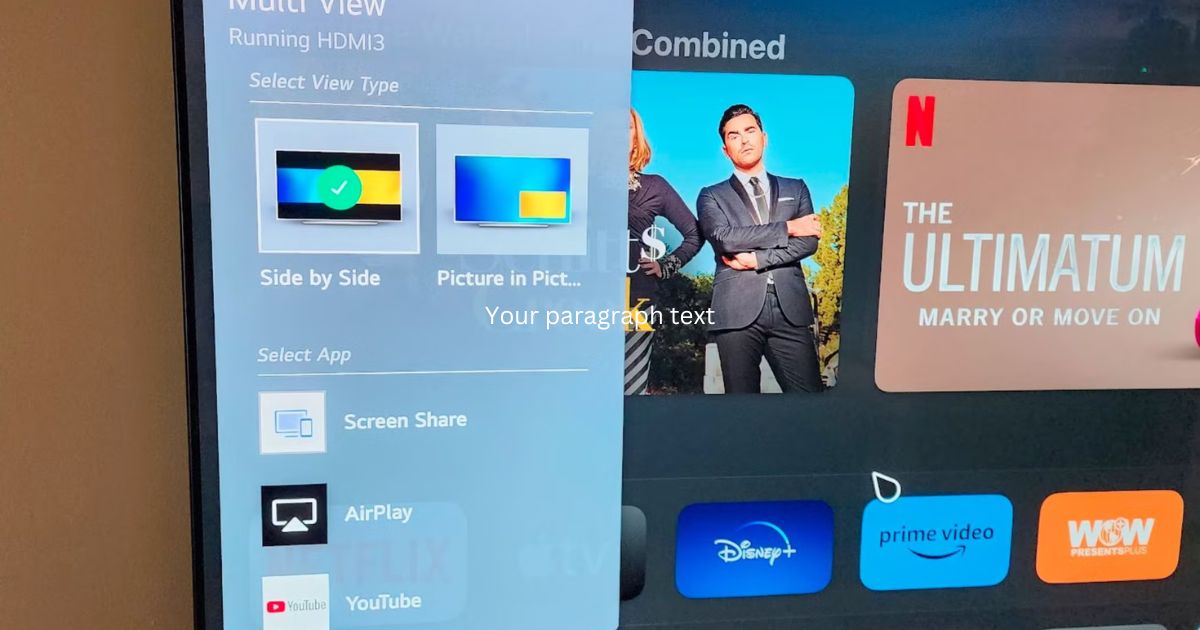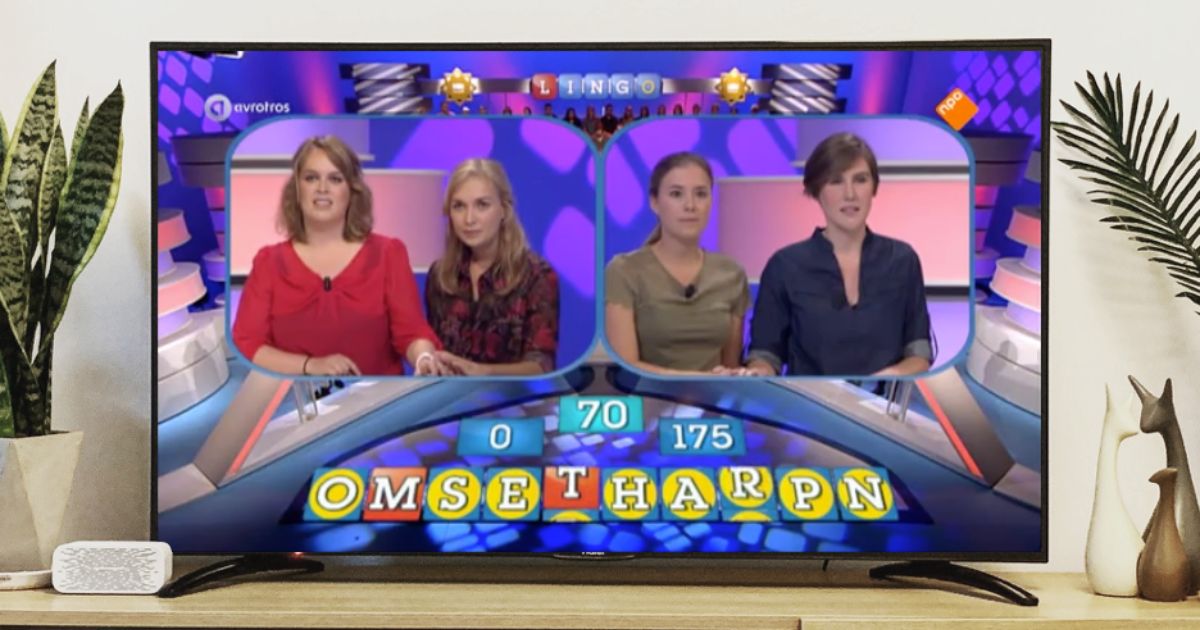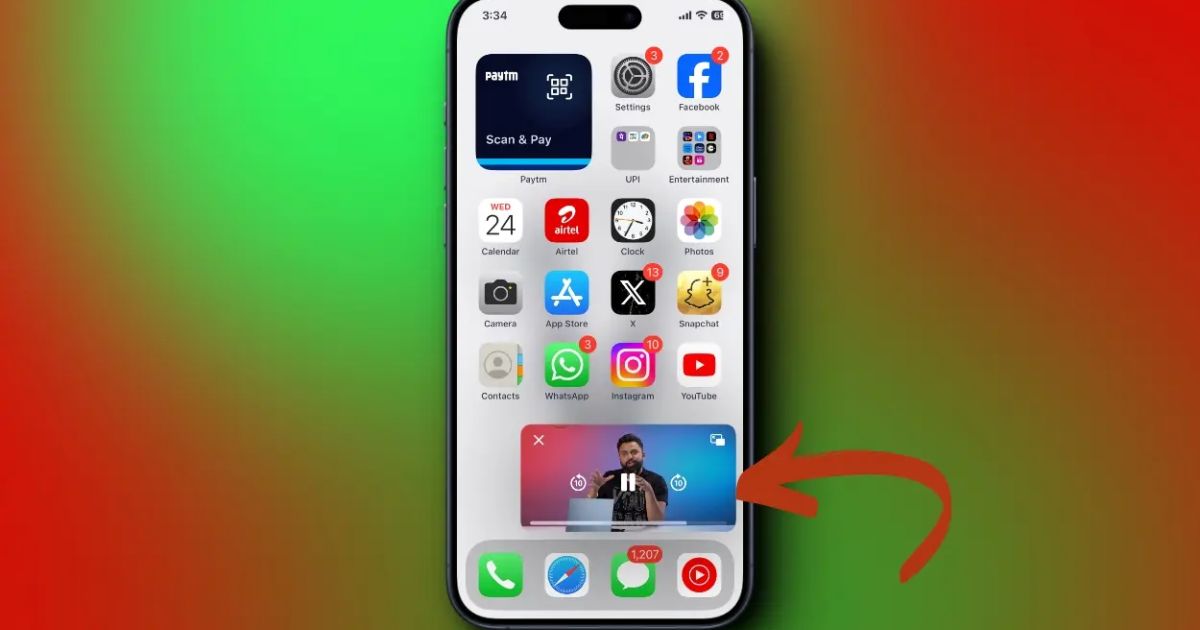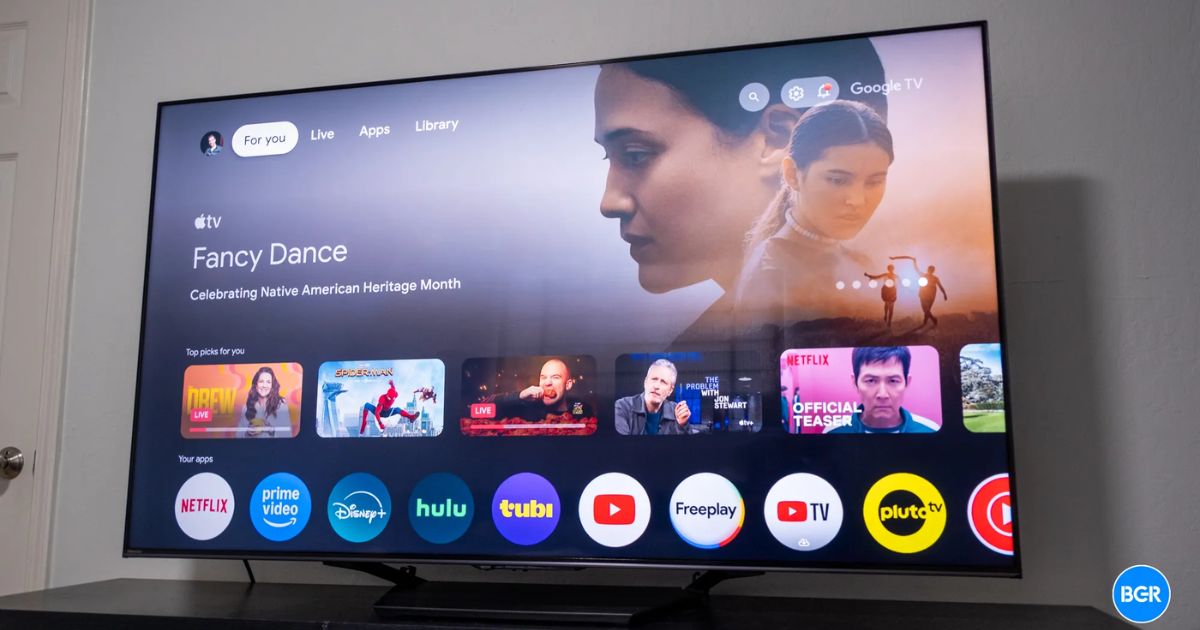Introduction
If you’re a fan of multitasking, the Picture-in-Picture (PiP) feature can be a game-changer for your viewing experience, especially on Hisense Smart TVs. Imagine watching a movie on the main screen while keeping an eye on the sports game or the latest news in a small inset window. It’s the ultimate way to enjoy multiple pieces of content at once without switching between channels or apps. This functionality is one of the key advantages that Smart TVs like Hisense offer. It’s no surprise that the feature has been popular for quite some time. Discover the Power of Hisense TV Picture-in-Picture allows you to divide your screen into different sections, enabling you to watch one TV show on the main screen and something else on the secondary screen.
Discover the Power of Hisense TV Picture-in-Picture

Hisense Smart TVs currently do not support Picture-in-Picture (PiP), a feature that allows users to watch two video sources simultaneously. However, alternatives like screen mirroring and external devices can help users experience PiP. While brands like Samsung, TCL, and Sony offer this feature, Hisense is still developing its technologies. For now, users can explore workarounds, but the hope is that future Hisense models may integrate PiP natively, providing a more seamless experience for multitasking and enhanced entertainment.
The Evolution of PiP in Modern TVs
Historically, older TVs were the pioneers in supporting PiP, but the feature has evolved significantly over time. Today, most modern Smart TVs have advanced processors that can handle more complex tasks, including PiP. Hisense Smart TVs, however, may not yet offer this feature natively, unlike some competitors such as Samsung and TCL. That said, you’ll find Android version 8.0 and above on some newer models that support multi-screen functionality.
While PiP used to be common across all TV brands, the availability has become more selective with recent Smart TVs. As newer technologies are being introduced, older models, such as some Philips and Vizio, might still support PiP. But for users of Hisense Smart TVs, if you’re looking to enjoy PiP, it’s worth considering whether future models may include this function, as the demand for it grows.
Enhancing Your Viewing Experience with Picture-in-Picture

Picture-in-Picture is about having two content sources simultaneously—whether that’s a digital tuner, a streaming device, or an external HDMI device like a Blu-ray player. For instance, I might be watching the news channel on the main screen while enjoying a YouTube video on the secondary screen. This flexibility allows me to engage in multiple activities without interrupting what I’m already watching.
The use of PiP can truly elevate your viewing experience by allowing you to follow multiple programs or tasks simultaneously. For example, my family often uses Picture-in-Picture to enjoy both TV shows and cooking tutorials side by side. If you enjoy keeping up with live events while watching something else, you will quickly see how valuable this feature is. For fans of sports, like myself, the ability to follow a live game while watching a movie on the main screen is a huge win.
Overcoming the Technical Limitations of PiP
One challenge when using PiP on TVs today is that many models, even Samsung and Sony, are limited by the number of tuners they support. For example, many TVs only come with a single tuner, meaning you can’t watch two over-the-air channels simultaneously, which might seem like a setback. However, this limitation can be overcome by using workarounds like coaxial splitters that let you connect multiple sources through a single input.
In some instances, I’ve found it helpful to use an external HDMI PiP device that can switch between various devices. These devices can manage more than one HDMI input, allowing you to connect multiple devices simultaneously. This is particularly useful when your TV can’t handle PiP with two HDMI sources, but the external device allows the switching of devices with ease using the remote control.
The Reality of Using PiP with Apps and Streaming Services

Although streaming apps are hugely popular and a big part of modern viewing, PiP doesn’t always work with these apps on most Smart TVs. For instance, apps like Netflix and Amazon Prime cannot be used in a PiP setup in the same way that over-the-air channels or external devices can. However, there’s a solution: by using an external streaming device such as an Amazon Firestick, you can stream content on one part of the screen while enjoying a traditional TV channel on the other.
Using streaming devices like these creates a unique opportunity for users to continue utilizing PiP while they stay engaged with their streaming content. The ability to have two different sources running on a Smart TV at the same time is perfect for those who prefer to watch one piece of content while keeping up with another. This setup is especially helpful for sports fans, who might want to track scores while still enjoying a movie or show.
PiP Combinations That Work Best for Hisense TVs
PiP can work with a variety of video sources, such as DVD players, VCRs, and digital tuners. While Hisense Smart TVs don’t natively support PiP, it is possible to achieve this feature through additional equipment or a different model of TV. It’s important to check your TV’s specifications before getting too excited about using PiP. I recommend going through the manual or using the settings menu to confirm what works.
It’s also worth noting that Samsung Smart TVs and TCL Smart TVs have a broader selection of combinations available, depending on the model. These TVs allow users to pair multiple devices, such as DVD players with TV tuners, or even use analog over-the-air channels alongside external devices. This provides a more robust PiP experience.
Future of PiP and Hisense TV

While Hisense Smart TVs don’t support PiP yet, it’s an exciting possibility for the future. As smart TVs continue to improve in both design and technology, I believe Hisense will eventually incorporate multi-screen functionality. In the near future, Hisense TVs could potentially allow users to experience PiP as seamlessly as other Android TVs or Samsung models. This would be especially useful as more people integrate streaming devices and over-the-air channels into their entertainment setups.
As of now, you might want to consider purchasing external devices if PiP is an essential feature for you. These devices could enable multiple sources to be displayed simultaneously, even if your Hisense TV doesn’t natively support PiP yet. I personally look forward to the possibility of future models that come with this feature integrated out of the box.
PiP and Its Place in the World of Smart TV
Picture-in-Picture is a feature that enhances multitasking abilities, especially for those who appreciate having multiple content sources on their screen at once. While not all Smart TVs support PiP, it’s still a highly valuable function on models that do. Whether you’re watching a DVD on the main screen while following live sports on the smaller screen, or balancing TV channels and external sources, Hisense Smart TVs have room for growth when it comes to integrating PiP.
Conclusion
While Hisense Smart TVs might not support Picture-in-Picture (PiP) out of the box, the feature still holds immense value for those who crave multitasking and multi-screen functionality in their viewing experience. For now, users can explore workarounds, like external HDMI devices or streaming devices, to bring PiP to life. As smart TV technology continues to evolve, there’s hope that Hisense will integrate PiP natively in future models, offering users the convenience of viewing multiple content sources simultaneously.Until then, other brands like Samsung, TCL, and Sony still offer PiP, providing plenty of alternatives for those who prioritize this feature. For now, it’s essential to know what works for your TV model, check compatibility, and consider creative solutions for multitasking in your home entertainment setup. Ultimately, Picture-in-Picture offers a compelling way to enjoy more without compromising on content—something that can truly change the way you experience TV.
